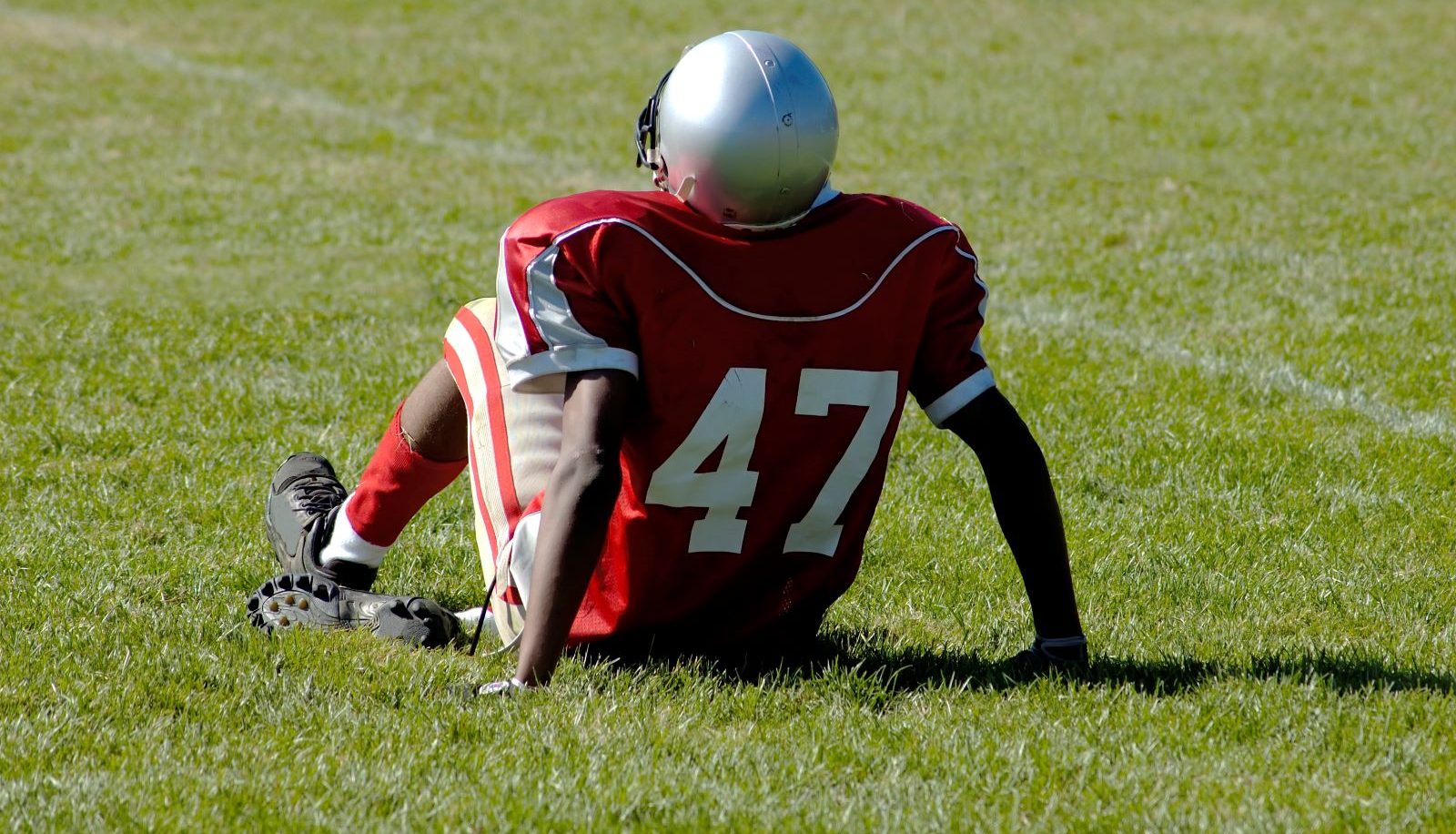<< Back
Should J.J. Watt Be Playing Days After Going Into Atrial Fibrillation?

October 04, 2022
At 33, three-time NFL Defensive Player of the Year J.J. Watt may seem an unlikely candidate for atrial fibrillation (a-fib), but an advanced electrophysiology procedure helped him return to play within a week.
Watt, a defensive end for the Arizona Cardinals, underwent treatment last Thursday for atrial fibrillation first noticed a day earlier.
“I went into a-fib on Wednesday, had my heart shocked back into rhythm on Thursday, and I’m playing today. That’s it,” he wrote on social media ahead of the team’s game Sunday.
Irregular heartbeat
While the top risk factor for a-fib is age, with Watt much younger than average, Jude Clancy, MD, a cardiac electrophysiology specialist with the Hartford HealthCare Heart & Vascular Institute, said the condition can occur at any age.
“A-fib is a common type of heart arrhythmia in which the heartbeat becomes irregular due to a disturbance in electrical signals in the heart that cause the chambers to beat too quickly,” Dr. Clancy said. “The important thing to stress is that this does not necessarily indicate there is anything structurally wrong with the heart.”
> Related: Dolphins’ QB Injury Highlights the Importance of Concussion Protocols
Signs of a-fib
Dr. Clancy said irregular heartbeat can be characterized by:
- Fluttering in the chest
- Chest pain
- Shortness of breath
- Short or fast heartbeat
- Fatigue
- Dizziness
- Swollen legs
Shocking the heart
There are several ways to address a-fib, including medication, Dr. Clancy said. Sometimes, an ablation is employed to make scars on the heart tissue that block irregular electrical signals. In Watt’s case, a cardioversion shocked the heart back into rhythm.
“The effect of cardioversion is immediate. The heartbeat is usually returned to normal rhythm by using quick, low-energy shocks to the heart,” Dr. Clancy explained.
Not always permanent
Recurrence of a-fib is possible. As a result, Dr. Clancy said it’s usually wise to observe patients for a certain amount of time before allowing them to return to strenuous activities, especially something like professional sports.
“We recommend a two- to four-week recovery period and ongoing monitoring in a-fib patients prior to returning to strenuous physical activity,” Dr. Clancy said. “There’s no immediate guarantee that the heartbeat won’t revert back to a-fib.”
However, there have been several high-profile athletes who continued to play with a-fib, he said. These include tennis great Billie Jean King and Boston Celtics Hall of Famer Larry Bird.